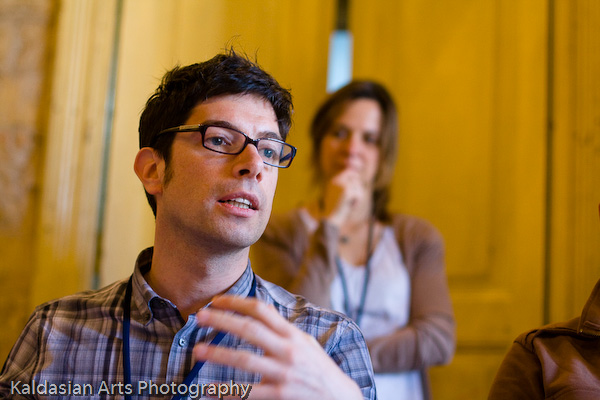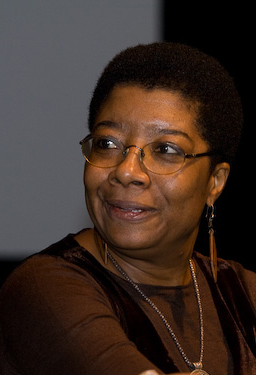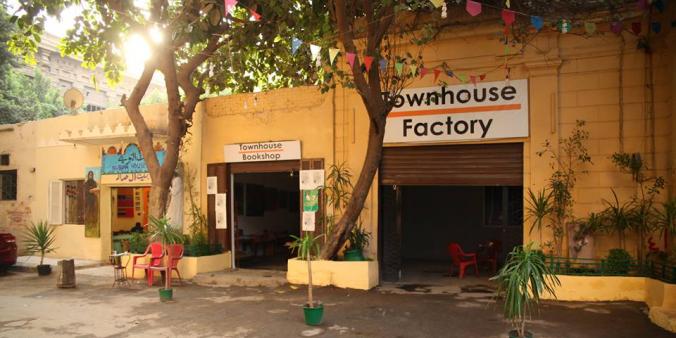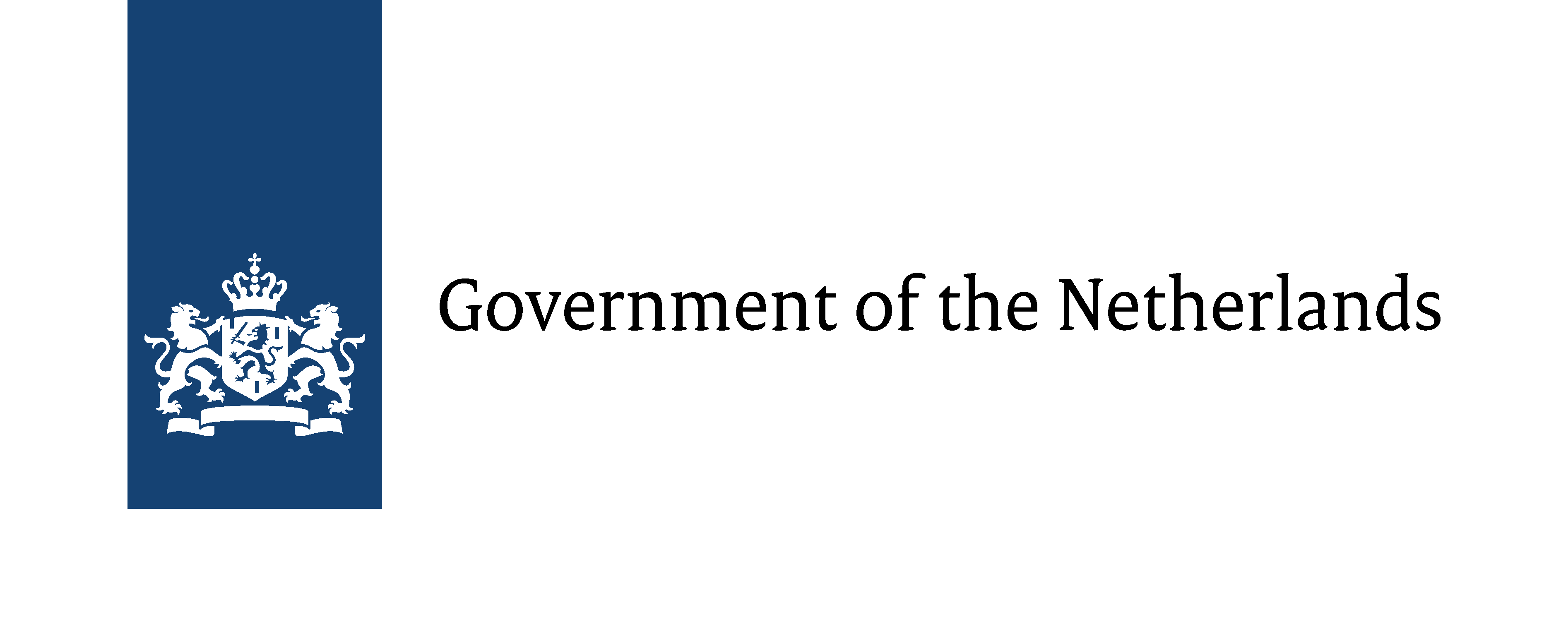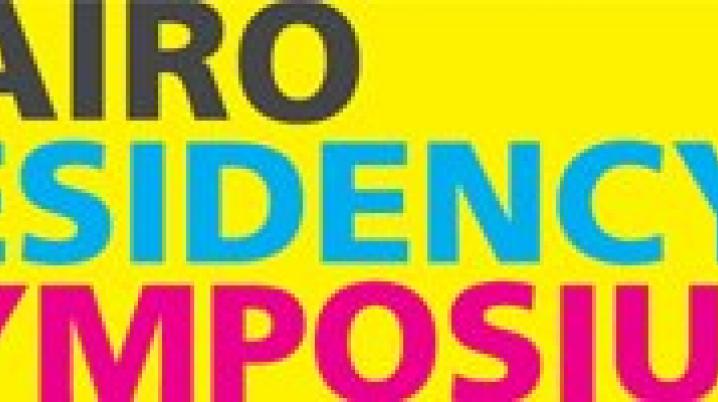
Pressure Cooker versus Roaming About
How to develop honest reciprocity? That was the implicit main question during the Cairo Residency Symposium in March 2009. Three days 86 representatives of the artist-in-residence sector from the Middle East, Africa and Europe gathered in the Townhouse Gallery in Downtown Cairo.
The symposium was organized by Townhouse Gallery and the Netherlands Foundation for Visual Art, Design & Architecture. TransArtists was happy to participate. Erik Hagoort reports his impressions of the main topics and highlights. Photos of the symposium are by Kaldasian Arts Photography. Pursuit of Reciprocity No obligations: no commitment? Pressure Cooker versus Roaming About.
One of the group sessions on the second day of the symposium was about the theme Short-term Residencies: Cultural tourist or resident artist?
A clear distinction appeared between those who valued the pressure cooker intensity of short-term residencies and those who praised the possibility of long-term residencies to dwell and roam about, to let experiences sink in. Of course nobody is forced to opt for only one model. Some residencies offer both short-term and long-term residencies, some even adjust the length of the stay according to the needs and ways of working of the artist.
Cutting a residency in short term slices
"We like our guests to come over, work hard for some weeks, and then go back home to let their experiences sink in. Then they can return later with plans that match the conditions of our residency." That was the fresh sound (and also an advice) of Marilyn Bell - founder of Doual'Art in the city of Douala in Cameroon. Doual Art tries to be an experimental laboratory for new urban practices. It's not only about the artist's qualities, it's about matching the artist's ideas with those of the community and with the urban context.
At Doual Art the social impact is part of the game. The artist may come first on a short-term residency. Back home he or she can develop ideas. Later on the artist returns for a second stay of which the length will depend on plans and practicalities. Sometimes the artist returns for a third time. Cutting the residency in pieces has proved to be a fruitful strategy.
People will be on your doorstep all the time
Representatives of residency programmes with modest financial sources were clearly in favor of short-term residencies and workshops. For Reginald Bakwena from the Thapong workshop & residency programme in Gaborone, Botswana, an important reason to keep it short is the eagerness of local artists and the public to work together with the visiting artist: "The social impact is so intense that for the guest it cannot last longer than a couple of weeks." Others, like Hama Goro (Centre Soleil d'Afrique in Bamako, Mali) and Ali Mroivili (Centre Karthala at the Comoros) took a more nuanced view and said to strive for flexible options for residency periods, depending on the needs of the artists and the possibilities of each visit.
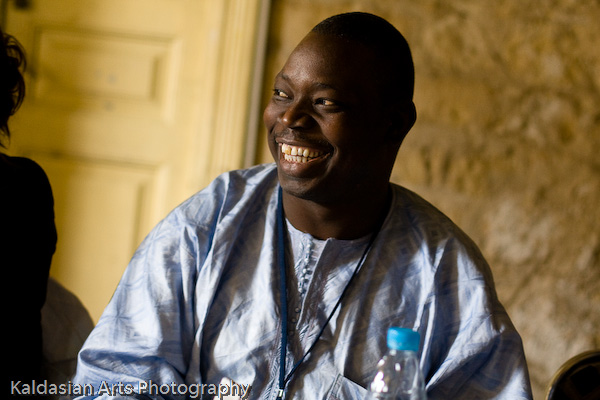
Hama Goro
Happy with one week
"If you manage to visit us, you certainly won't have the luxury of roaming about", said Samar Martha, from Art School Palestine in Ramallah.
In Gaza a short-term residency is the only way to offer hospitality, due to political circumstances, she explained. "We are already happy if there is the possibility to get people over for one week, just in between outbursts of conflict in the occupied territories. "Artists visiting the Art School Palestine won't have the luxury of roaming about."
Conclusions:
- There is no ideal residency length.
- Be inventive, adjusting the residency length to the conditions and wishes of both the host and the guest.
- Much sympathy went out to the option of cutting a residency period into slices of short term visits, offering the artist and the host more time to let the experience sink in, and work towards the next visit.
